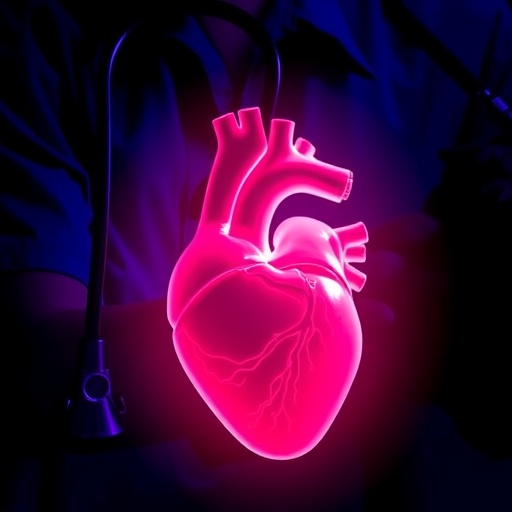Resulting modeling system offers potential for battling neurodegeneration
Although largely paralyzed, ALS patients can communicate through eye-tracking devices because they retain eye movement until the disease’s late stages. Yet, how some motor neurons resist ALS to allow for this movement has been a mystery.
Now, scientists have developed a stem-cell-based modeling system that identifies how some neurons are resistant to ALS–a breakthrough that offers potential for battling neurodegeneration.
“Some neurons, notably the ones used for eye movement, are better at fighting ALS than are those that control other muscle groups,” explains Esteban Mazzoni, a professor in New York University’s Department of Biology and the senior author of the paper, which appears in the journal eLife. “These findings help elucidate the differences between neuronal types that successfully battle ALS and those that succumb to the disease.”
“Having identified a potential mechanism that protects some parts of the body, we are now working on making all neurons ALS resistant,” he adds. “Specifically, we are striving to identify the different mechanisms that paralyze some parts of the body and leave others fully functional.”
Underlying this research are well-established differences in neuronal responses: spinal motor neurons (SpMN), which control much of our muscle movement, progressively degenerate while a subset of cranial motor neurons (CrMN), which control eye movement, maintain function until the late stages of ALS.
With this in mind, the paper’s authors sought to better understand how the neurons that control eye movement survive while those that control the rest of the body’s movements die.
Using stem cells from mice, the researchers developed a modeling system to generate motor neurons that were both rendered dysfunctional by and resistant to ALS. They then studied their properties in order to identify specific cellular features that could be responsible for keeping eye motor neurons alive.
Specifically, they found that CrMNs are better able to discard damaged proteins than are SpMNs. Moreover, the scientists discovered, CrMNs are better able to withstand cellular stress brought on by ALS than are SpMNs, allowing neurons that control eye movement to function normally for longer periods than those that manage other muscular activity.
###
The researchers included scientists from Columbia University Medical Center and Boston Children’s Hospital. Other NYU co-authors were: Disi An, Shuvadeep Maity, Elizabeth Wanaselja, Christine Vogel, Dylan Iannitelli, and Ilona Yagudayeva.
The research was supported by grants from Project ALS (A13-0416), the Eunice Kennedy Shriver National Institute of Child Health and Human Development (R01HD079682), the New York State Department of Health (DOH01-C32243GG-3450000), the March of Dimes Birth Defects Foundation (5-FY14-99), and the National Institute of Neurological Disorders and Stroke (F31 NS 095571, 103447).
DOI: 10.7554/eLife.44423
Media Contact
James Devitt
[email protected]
Related Journal Article
https:/
http://dx.




